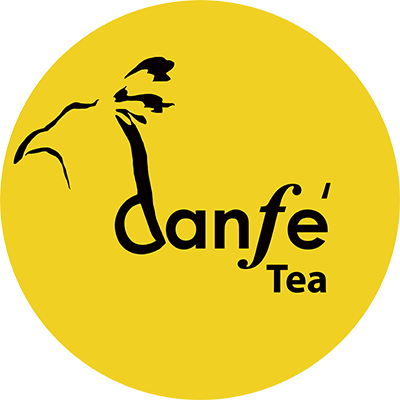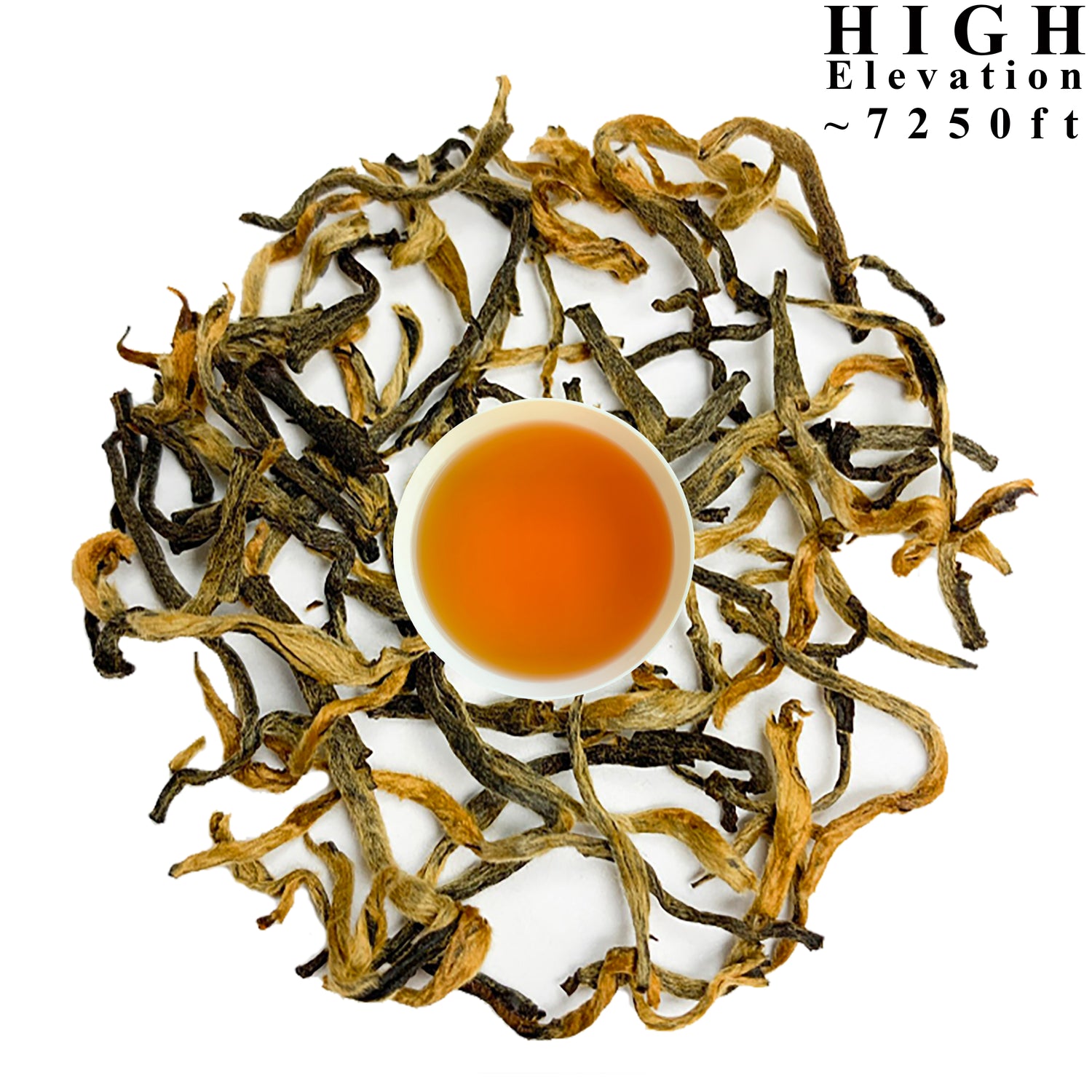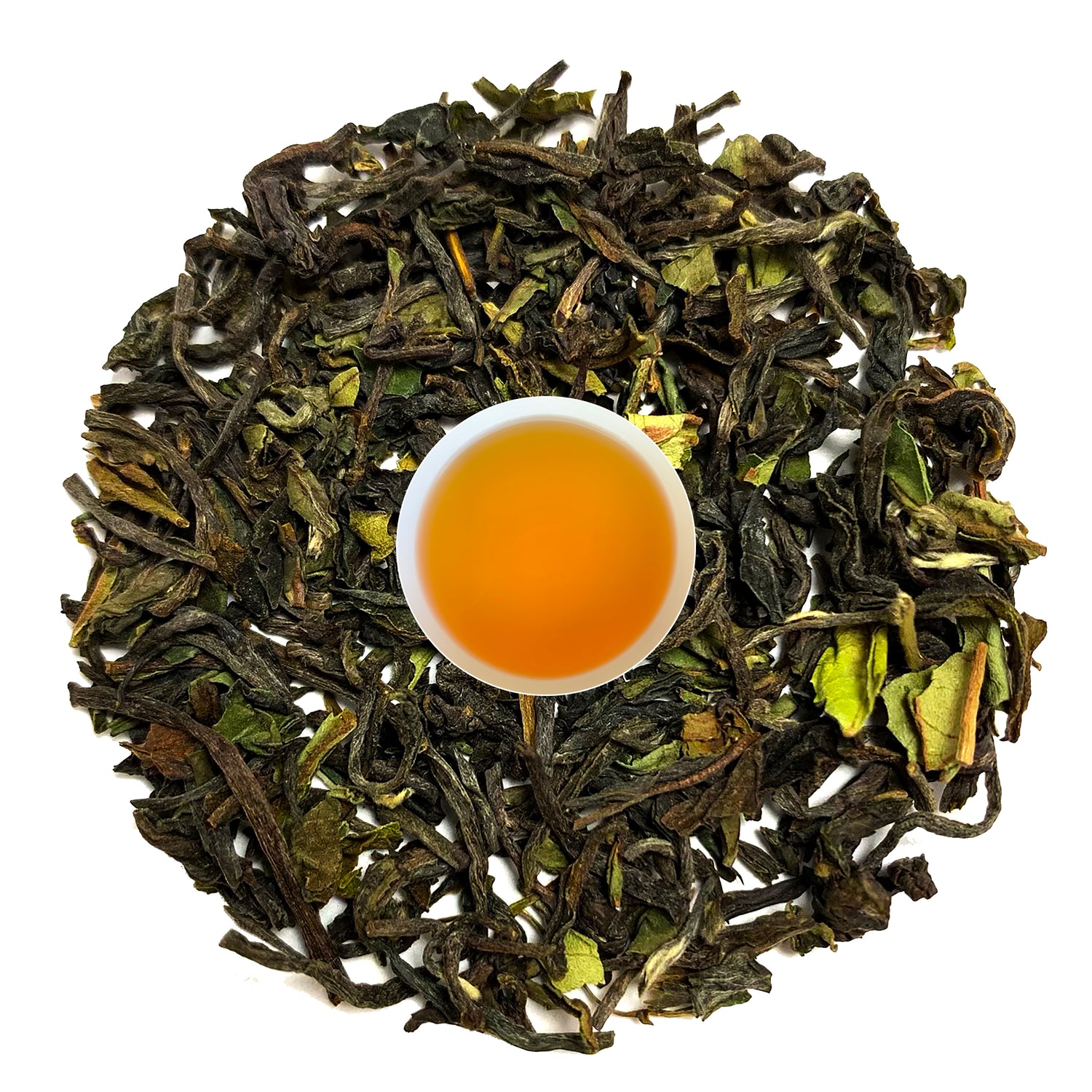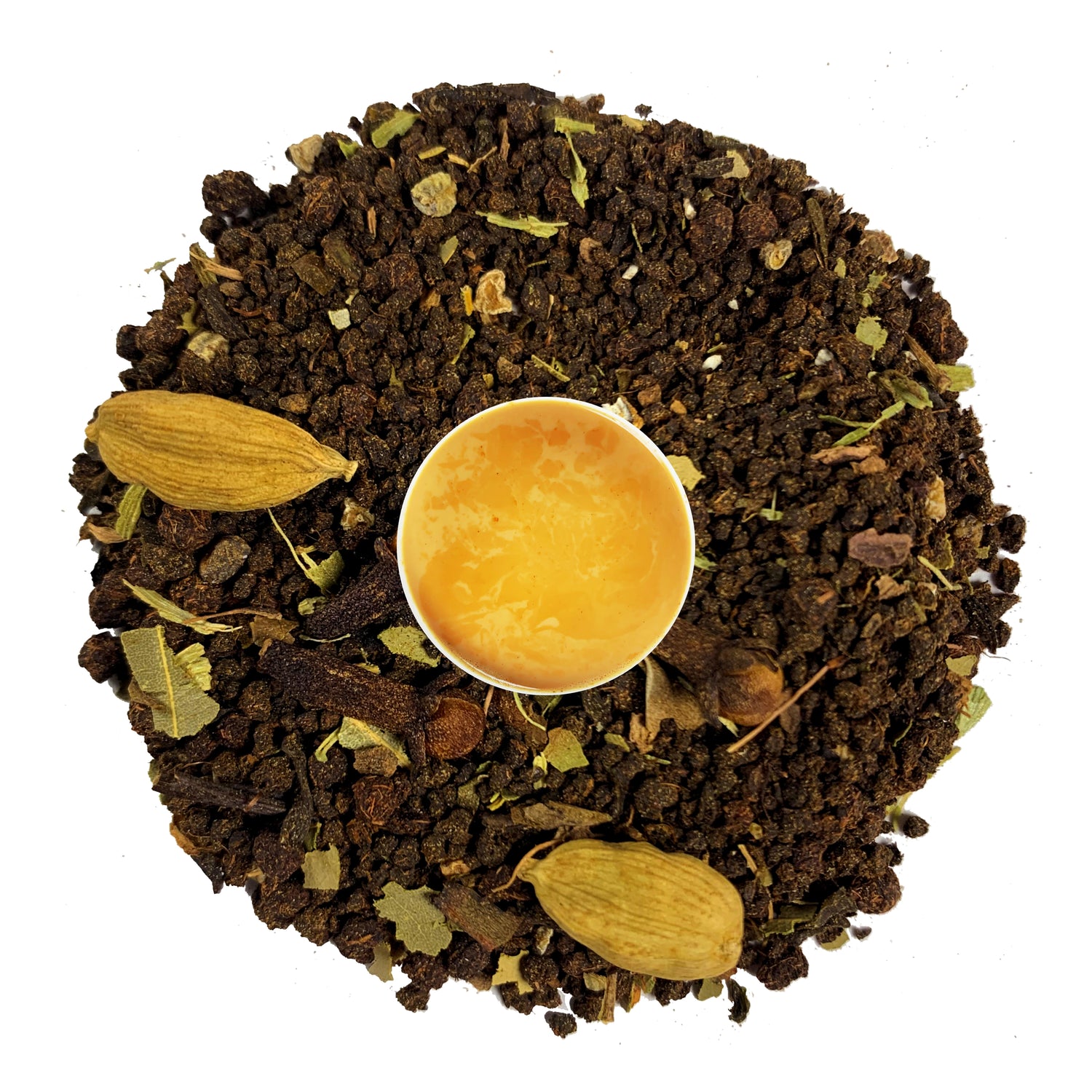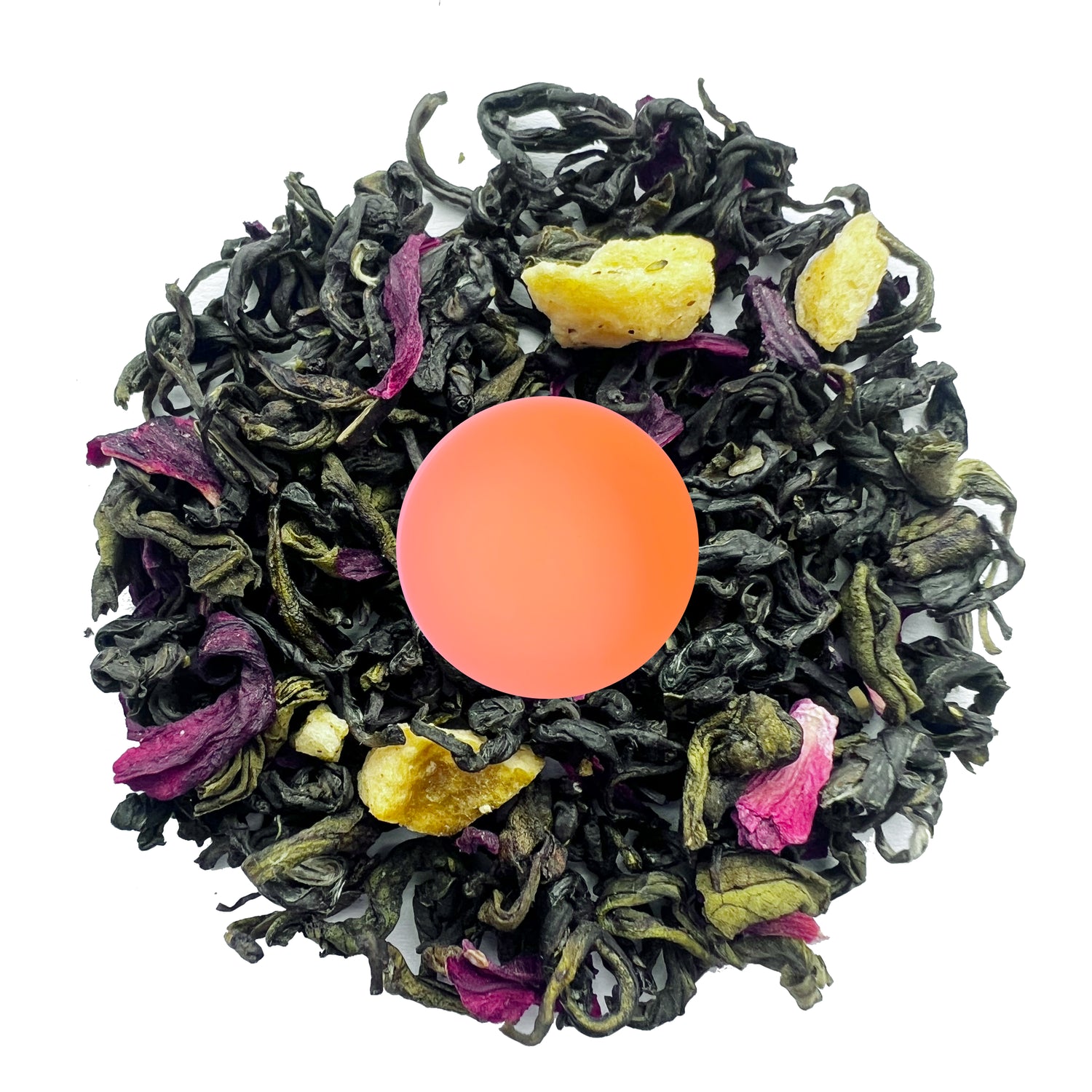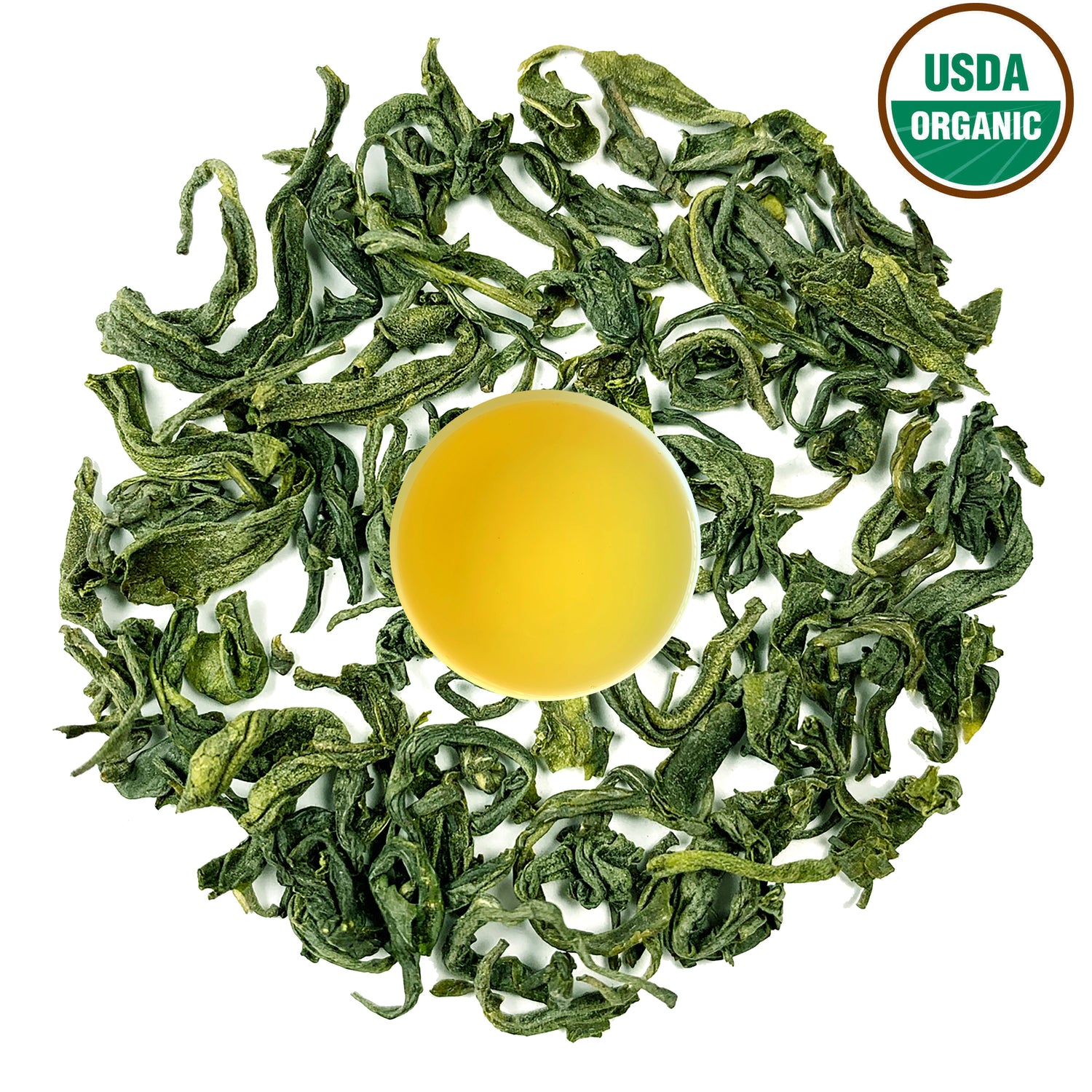
What Is the Tea Used in Chinese Restaurants? And How Does Nepali Tea Compare?
You sit down for dim sum or dumplings, and before your menu even arrives, there it is — the signature steamy pot of tea. But have you ever stopped to ask: What exactly is that tea? And better yet, how does it compare to Nepali teas, which are quickly becoming global favorites?
In this blog, we’ll explore the types of teas commonly served in Chinese restaurants, their unique characteristics, and how they stack up against the bold, high-elevation brews from Nepal.
The Most Common Teas in Chinese Restaurants
Most Chinese restaurants serve one of these classic teas:
1. Jasmine Tea
A green tea base scented with jasmine blossoms. It’s aromatic, floral, and mildly sweet.
2. Oolong Tea
Semi-oxidized tea with a smooth, earthy flavor. It pairs well with fried or oily food and aids digestion.
3. Pu-erh Tea
A fermented tea known for its deep, earthy taste and gut-friendly probiotic content.
4. Chrysanthemum Tea
A floral herbal tea, often served caffeine-free. It’s light, refreshing, and traditional in Cantonese cuisine.
5. Boiled Chinese Black Tea
Strong, bold, and slightly bitter — often served in small cups with heavy meals.
Trending Keywords: tea served in Chinese restaurants, Jasmine tea Chinese food, Oolong digestion tea, Pu-erh probiotic tea
Why Do Chinese Restaurants Serve Tea?
Tea plays a central role in Chinese dining for several reasons:
- Aids digestion after rich meals
- Cleanses the palate between bites
- Offers hydration without sugar
-
Enhances relaxation and ritual during dining
It's tradition, wellness, and hospitality — all in one humble teapot.
Enter Nepali Tea: A Flavorful Rival with Himalayan Roots
While Chinese teas are known for their centuries-old traditions, Nepali teas bring a fresh, high-altitude twist to the tea scene. They are gaining traction for their clean flavor, diverse profiles, and wellness benefits.
Let’s break it down:
Nepali Jasmine Green Tea vs. Chinese Jasmine Tea
Chinese Jasmine tea is often machine-scented and can be overly perfumed. In contrast:
22° Nepal Jasmine Green Tea
- Hand-blended with real jasmine blossoms
- Grown at high altitudes in Ilam, Nepal
- Subtler, more natural aroma
-
Fresh, grassy green tea base
Verdict: Nepali Jasmine Green Tea offers a cleaner, less artificial experience — perfect for those who value purity.
Nepali Oolong Tea vs. Chinese Oolong
Chinese oolongs (like Tie Guan Yin or Da Hong Pao) are roasted and nutty. But if you prefer something smoother and lighter:
27° Himalayas Best Oolong Tea
- Semi-oxidized, floral, and slightly fruity
- Light roast profile
-
Easier on the palate
Verdict: Nepali Oolong is great for newcomers to oolong or those who prefer gentle flavors without sacrificing complexity.
Keywords: Nepal oolong tea, smooth oolong, light roast oolong
Herbal Options: Chrysanthemum vs. Moringa & Tulsi
Chrysanthemum is soothing but limited in benefits. Nepali herbal teas go further:
93° Himalayan Moringa Tea
- Rich in iron, vitamin C, and antioxidants
-
Supports metabolism and energy
05° Tulsi Tea (Sacred Basil Tea)
- Stress-relieving adaptogen
-
Supports immunity and digestion
Verdict: If you want your herbal tea to taste good AND do good, Nepali blends win with their superfood ingredients.
Digestive Teas: Pu-erh vs. Masala Chai
While Chinese Pu-erh is famous for post-meal relief, Nepali Masala Chai is a bold alternative:
02° Yak Mountain Loose Leaf Masala Chai Tea
- Made with cardamom, cloves, cinnamon
- Warming and digestive
-
Great with milk or plain
Verdict: If you're after spice, comfort, and digestion in one cup — Nepali Masala Chai brings more warmth and depth.
Sustainability & Ethics: How Nepali Tea Rises Above
Many Chinese teas are mass-produced with little transparency. Nepali tea stands out for:
- Organic farming practices
- Fair-trade sourcing
-
Support for small farmers and women cooperatives
When you sip Nepali tea, you support clean agriculture and community-driven trade.
Final Sip: A Tale of Two Traditions
Chinese tea is deeply rooted in tradition — and rightfully celebrated. But Nepali tea brings something new: mountain purity, artisanal touch, wellness power, and global heart.
So next time you're offered tea, go beyond the expected. Explore the Himalayan difference with Danfe Tea.
Ready to upgrade your tea time?
Shop Danfe’s Artisan Teas Now
FAQs
Q: What tea is typically served in Chinese restaurants?
Usually Jasmine, Oolong, or Pu-erh tea — depending on the region and meal.
Q: Is Jasmine tea the same in Nepal and China?
Not quite. Nepali Jasmine tea is often less processed and has a more delicate floral profile.
Q: Can I drink Nepali tea with Chinese food?
Absolutely! Green, Oolong, and Chai teas from Nepal pair beautifully with savory or fried dishes.
Q: Which tea is better for health — Chinese or Nepali?
Both offer benefits, but Nepali teas often use organic, high-altitude ingredients that are cleaner and more antioxidant-rich.
